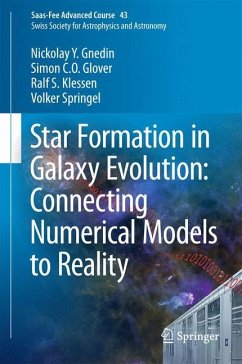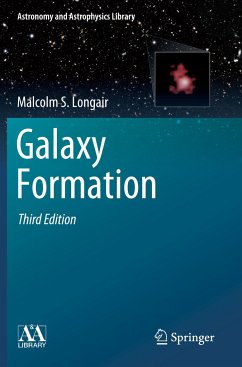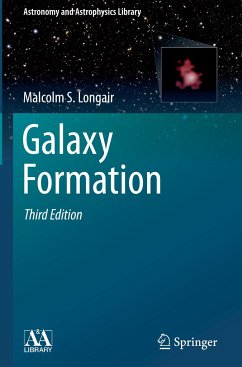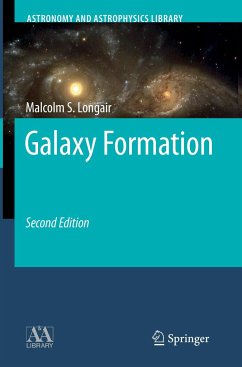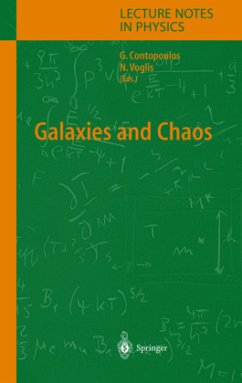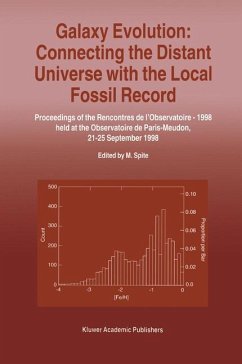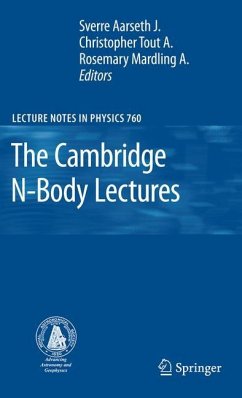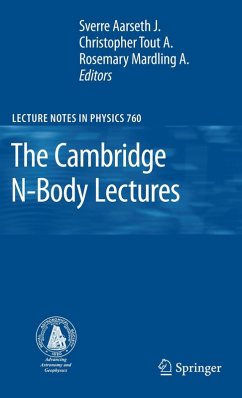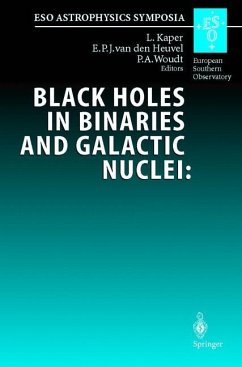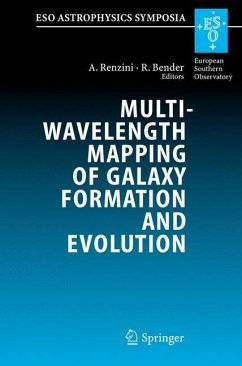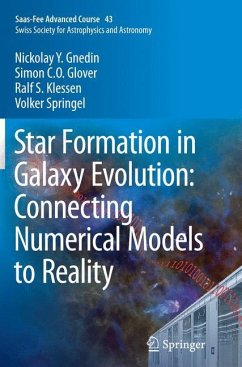
Star Formation in Galaxy Evolution: Connecting Numerical Models to Reality
Saas-Fee Advanced Course 43. Swiss Society for Astrophysics and Astronomy
Herausgegeben: Revaz, Yves; Jablonka, Pascale; Teyssier, Romain; Mayer, Lucio
Versandkostenfrei!
Versandfertig in 6-10 Tagen
83,99 €
inkl. MwSt.
Weitere Ausgaben:

PAYBACK Punkte
42 °P sammeln!
This book contains the elaborated and updated versions of the 24 lectures given at the 43rd Saas-Fee Advanced Course. Written by four eminent scientists in the field, the book reviews the physical processes related to star formation, starting from cosmological down to galactic scales. It presents a detailed description of the interstellar medium and its link with the star formation. And it describes the main numerical computational techniques designed to solve the equations governing self-gravitating fluids used for modelling of galactic and extra-galactic systems. This book provides a unique ...
This book contains the elaborated and updated versions of the 24 lectures given at the 43rd Saas-Fee Advanced Course. Written by four eminent scientists in the field, the book reviews the physical processes related to star formation, starting from cosmological down to galactic scales. It presents a detailed description of the interstellar medium and its link with the star formation. And it describes the main numerical computational techniques designed to solve the equations governing self-gravitating fluids used for modelling of galactic and extra-galactic systems. This book provides a unique framework which is needed to develop and improve the simulation techniques designed for understanding the formation and evolution of galaxies. Presented in an accessible manner it contains the present day state of knowledge of the field. It serves as an entry point and key reference to students and researchers in astronomy, cosmology, and physics.





